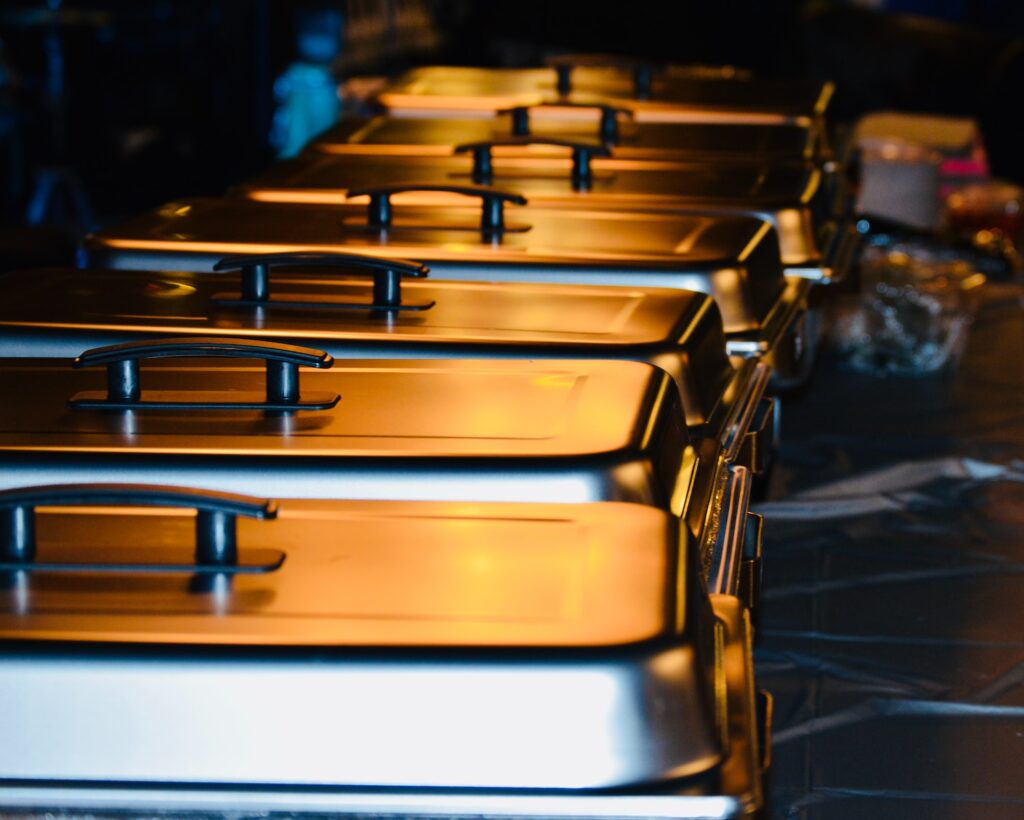Carbon labelling is driving sustainability in the catering sector
Maxwell Harding, Founder and CEO of AI-powered digital catering contract and ordering platform Dynamify, explains how organisations can slash footprints with food and drink.
Scorching temperatures have crowned June, July, and August as the hottest three-months on record, according to the Copernicus Climate Change Service. Pair this with the fact that global food systems account for roughly 30% of GHG emissions and the link between climate change and the catering and hospitality industries becomes clear. Fortunately, businesses across both industries can help sever this link through the use of carbon labelling.
Hospitality and catering industries should view carbon labelling as a valuable tool to temper environmental footprints and bolster engagement with consumers. Carbon labelling cannot solve climate change alone, but it can and should play an important role in reducing emissions for caterers, hotels, and restaurants alike.
Carbon labelling is the process of tracking and communicating emissions associated with the ingredients and production of food and drink items. So, for something as simple as say a chicken sandwich, the emissions that come from raising, processing, transporting, and preparing the chicken (and indeed the other ingredients) are recorded and used to work out the sandwich’s carbon dioxide equivalent or CO2e. When it comes to the labelling, items are typically given a score of red, amber, or green depending on their CO2e, which is then handily placed on to the packaging or relevant menu.
A critical benefit of carbon labelling is that it allows businesses to locate and address carbon inefficiencies within their supply chains. This is beneficial because the very existence of a carbon inefficiency might suggest that the supply chain is financially sub-optimal. For example, a restaurant might learn that some of its ingredients have high emissions because of lengthy transportation times and energy-intensive preparation processes. By replacing these ingredients with locally grown and less energy-intensive alternatives, the restaurant improves both its carbon footprint and overall bottom line in one fell swoop.
What’s more, by introducing carbon labelling hospitality and catering businesses can meet the demands of an increasingly eco-conscious market. Last year, a survey from Compleat revealed that some 73% of consumers believe it’s important for their food and drink choices to have low carbon footprints, with nearly 50% directly in favour of carbon labelling. Findings such as these indicate that carbon labelling reflects the environmental concerns of consumers and should give businesses serious food for thought.
Moreover, the appetite for environmentally friendly food and drink choices gives businesses the chance to engage creatively with their customers through carbon labelling. Loyalty schemes that reward the consistent selection of food and drink items with low carbon footprints for instance, would empower consumers by recognising their desire to make more environmentally friendly choices. Additional promotions and special offers might also be used to capture customer attention and drive purchases, such as a two-for-one deal on all low carbon items.
All that being said, carbon labelling does have its challenges. One challenge is the lack of a universal method for tracking and calculating the carbon emissions. Without a global standard, companies, regions, and even countries are free to use varying methodologies for calculating carbon emissions, leading to inconsistencies as well as confusion. One venue for example might include the full lifecycle carbon footprint of food items in their calculations, whereas another might only incorporate emissions that come from refrigeration and preparation. Examples such as these can generate doubt over the effectiveness of carbon labels, as well as concerns over greenwashing whereby participants “cheat”.
The above concerns are certainly valid, but they do not amount to a knockdown critique of carbon labelling. In the first instance, the lack of a universal method for tracking and calculating carbon emissions does not prevent businesses from identifying and addressing carbon efficiencies. So long as some method is employed, businesses can assess their supply chains, whether that includes the entire lifecycle of their products or otherwise.
A more fundamental point to make is that although carbon labels are an estimation of a food or drink item’s CO2e, an estimation is infinitely better than nothing. In other words, it’s better that businesses and consumers have at least some information to help them make more sustainable choices rather than nothing at all.
Further still, carbon calculating methods will continue to improve over time and provide more accurate results. Also, existing methods can be verified by credible third parties to dispel concerns about greenwashing. For example, sustainability software specialist Klimato, who recently partnered with Dynamify to launch the UK’s first-ever digital carbon labelling system, has developed the Klimato Carbon Footprint Database: a method of calculating carbon emissions reviewed by the Swedish Environmental Research Institute.
Carbon labelling alone is not a complete solution to climate change. But it is a part of the solution and reflects the willingness of the catering and hospitality industries to take responsibility for their carbon emissions and listen to the evolving concerns of consumer. Despite some imperfections, carbon labelling empowers businesses and consumers alike to make more sustainable choices, and as such will play a pivotal role in creating a greener world.
Image: Andra C Taylor Jr (Top) / Aneta Voborilova (Middle) / Roni Herdyanzah (Bottom)


















